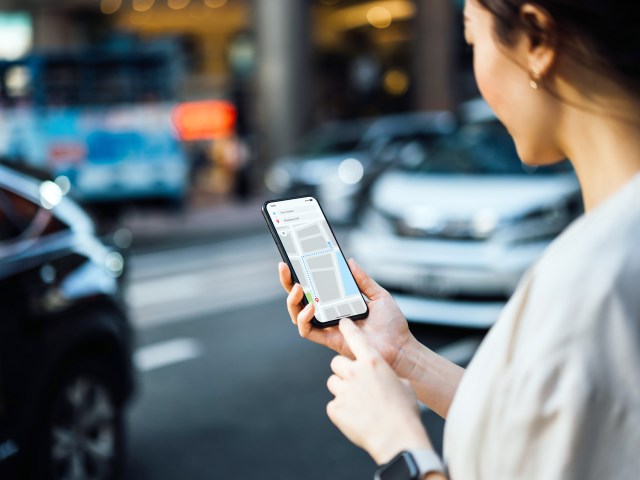These days, it can seem like phones are as essential as oxygen — especially when traveling. But if you’re in a far-off country, using your phone as you normally would isn’t so simple. For starters, you may find yourself dealing with unreliable service and hefty charges for international data usage. The good news is that those problems can easily be avoided if you plan ahead and know what apps to download and products to buy. Here’s a helpful guide to using your phone during your next international vacation.
First, Talk With Your Cell Provider

Before departing on your trip, it’s important to contact your cellphone provider and know exactly what your existing plan offers in terms of international coverage. Some U.S.-based plans come with unlimited free calls and texts if you’re traveling to a neighboring country such as Canada or Mexico, but they may tack on roaming charges if you’re traveling to another continent. Review your plan details in your online account, or call and speak to a customer service representative who can explain your current benefits in greater depth.
If your plan doesn’t include international calls or texts, you might be able to add that capability for the duration of your vacation for an additional fee. For example, Verizon offers users the ability to purchase a TravelPass for $5 per day in Canada and Mexico, and $10 per day everywhere else. For $100, you can purchase an International Monthly Plan, which is ideal for longer trips. AT&T sells an International Day Pass for $12 per day, while T-Mobile offers up one of their own for $5. Once you’ve enrolled, you can use your phone abroad without incurring any unexpected charges, but beware of potential data limits with international plans.
Or Buy a SIM Card

Cellphones contain a SIM card (which stands for subscriber identity module) that allows the user to connect with local mobile networks, whether at home or abroad. But when you’re traveling internationally, using your phone’s standard SIM card can incur hefty fees if you don’t have international phone coverage. This is why you should consider purchasing an international SIM card before your trip (as an alternative to buying an international plan directly with your phone provider). You can easily install a new SIM card in your phone for temporary use, allowing you to make calls and texts without incurring those pricey roaming charges.
To purchase an international SIM card, contact your service provider and ask what they have available or purchase a prepaid travel card at the airport once you’ve landed. Either way, once you’ve acquired the card, check your phone’s instruction manual to see how to shut down your phone, remove the current SIM card, and replace it with the new SIM card. If you’d rather not deal with physical SIM cards, another option is to purchase an eSIM instead. These digital cards download all necessary information wirelessly, so you don’t have to worry about installing anything.
Rely on Wi-Fi

If you mainly need internet access instead of the ability to make calls and send texts, then relying on local Wi-Fi networks is another option for using your phone abroad. Just be sure to turn off cellular service or your phone’s roaming feature, so you don’t accidentally incur any charges. Then, turn on Wi-Fi and connect to any available networks.
This allows you to use apps such as WhatsApp or iMessage to communicate with people you’d normally call or text. WhatsApp is one of the most popular communication apps in the world, and its messages are encrypted, ensuring added security in the event you’re sharing sensitive info. Best of all, it doesn’t cost you anything to use Wi-Fi, as long as the network is free to access wherever you’re visiting — just beware of any potential security risks with public networks.
Pre-Download Maps

Cellphone apps such as Google Maps or Apple Maps are invaluable for navigating unfamiliar cities, but if you don’t plan on paying for international service, there’s a useful hack to know about. Both Google Maps and Apple Maps allow you to pre-download maps using a Wi-Fi connection, storing them for future use when you’re out and about exploring a new city. While you’re at your hotel, take time the night before to download any maps you might need for sightseeing the next day. That way, you won’t have to worry about finding good service or asking a stranger for directions if you get lost.
Just Use the Camera

Don’t forget about your phone’s camera. Even if there’s no internet connection or cell service, it’s still worth bringing your phone on your trip to capture special moments. Phone cameras have come a long way since those low-quality flip phones of yesteryear, and they now have some of the best lenses available on the market. If you don’t plan to use your phone for communication or navigation, at least bring it to chronicle the memories you’ll make.
More from our network
Daily Passport is part of Inbox Studio, which publishes content that uplifts, informs, and inspires.
















